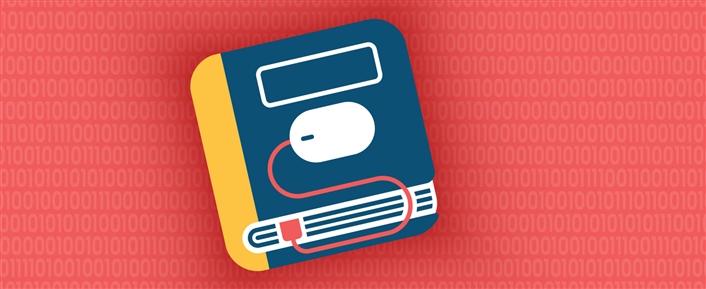Suspended Animation
EDUCAUSE has reached a point of suspended animation—a gathering of energy—as we begin our 2015–20 strategic planning.
EDUCAUSE has reached a point of suspended animation—a gathering of energy—as we begin our 2015–20 strategic planning.
How are ubiquitous Internet connectivity and widespread access to personal computing dramatically changing the economic structure of our society and, consequently, the educational preparation necessary for graduates to thrive?
What if all of our wildest dreams come true, flooding the nation's community colleges with students heavily subsidized by state governments or the federal government?
Libraries know the potential fallibility of metadata created by hand, and as a result, the academic research library has a long history of working with metadata to ensure good storage, maintainability, shareability, and accessibility.
The experience of building and participating within a digitally mediated network of discovery and collaboration is an increasingly necessary foundation for all other forms of experiential learning in a digital age.
If we can engage on purpose all members of the higher education sector, we're more likely to make the most of the golden age of learning.
In 2016, higher education IT organizations are divesting themselves of technologies that can be sourced elsewhere and of practices that have become inefficient and are reinvesting to develop the necessary capabilities and resources to use information technology to achieve competitive institutional differentiation in student success, affordability, and teaching and research excellence.


Since 2011, the EDUCAUSE Learning Initiative (ELI) has been surveying the EDUCAUSE community in order to identify and track the key issues (formerly called content anchors) in higher education teaching and learning for the coming year.

The 2016 EDUCAUSE Top 10 IT Issues offer a clear plan for today’s changing landscape: divest, reinvest, and differentiate.